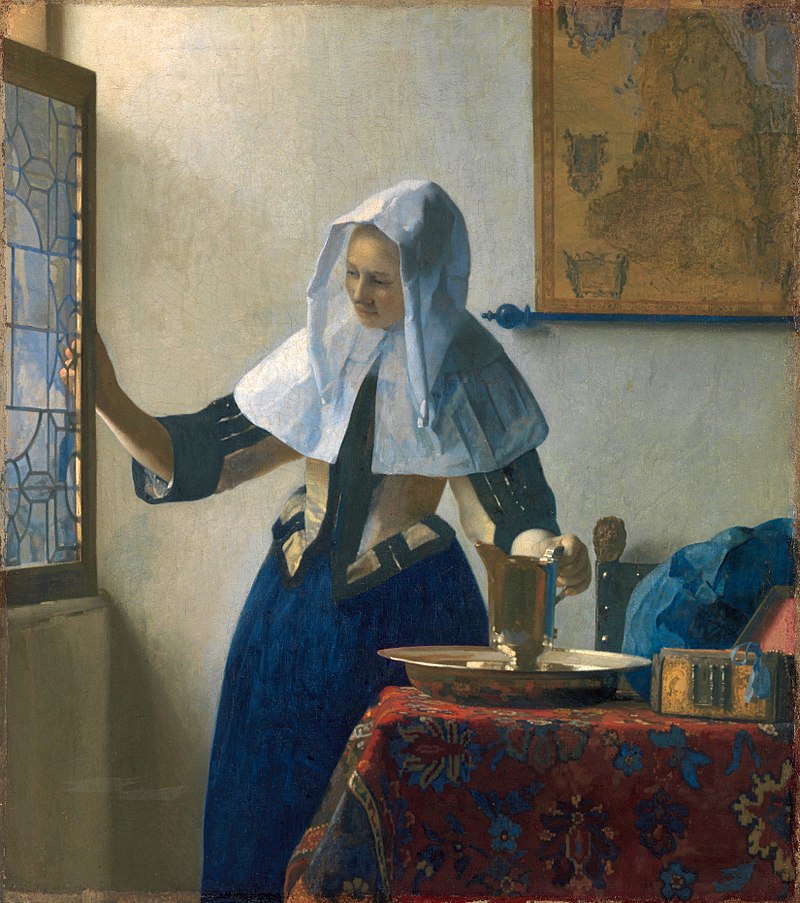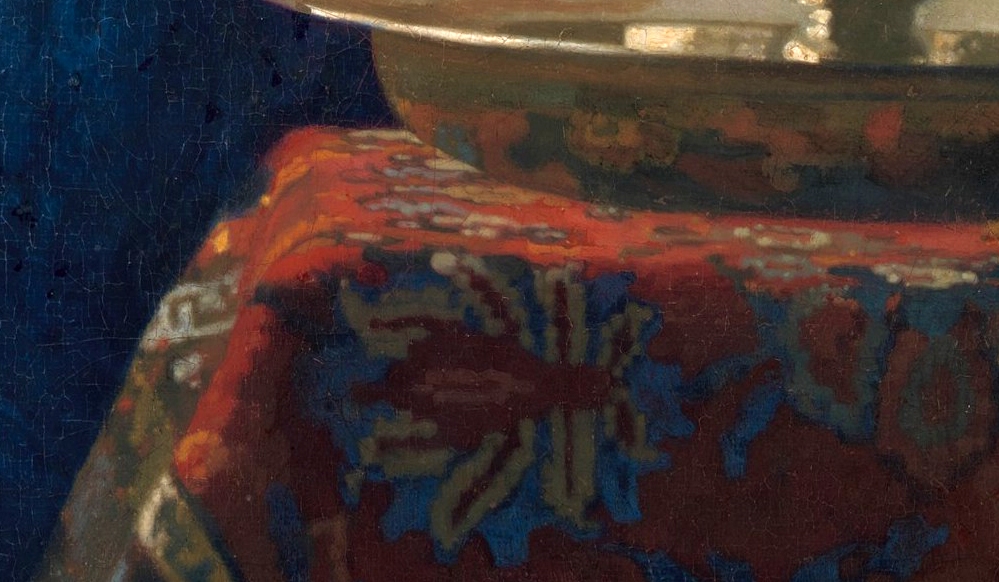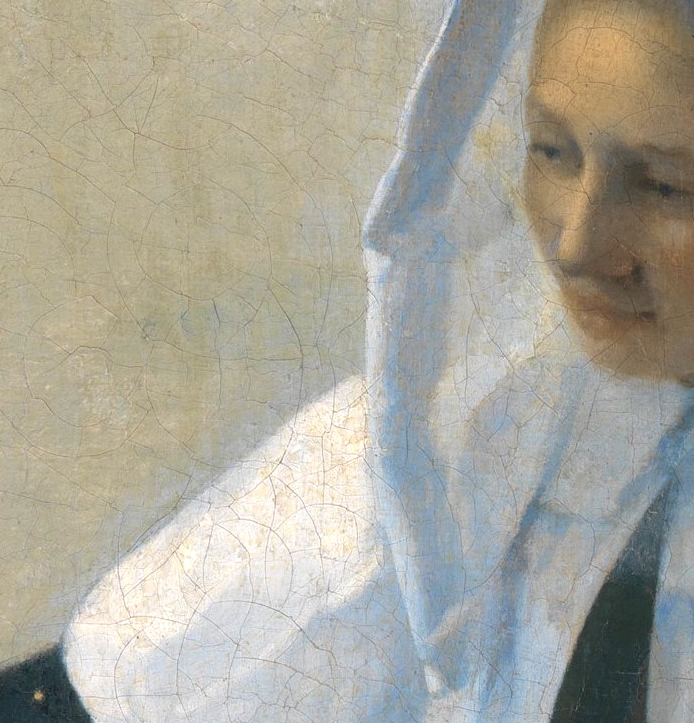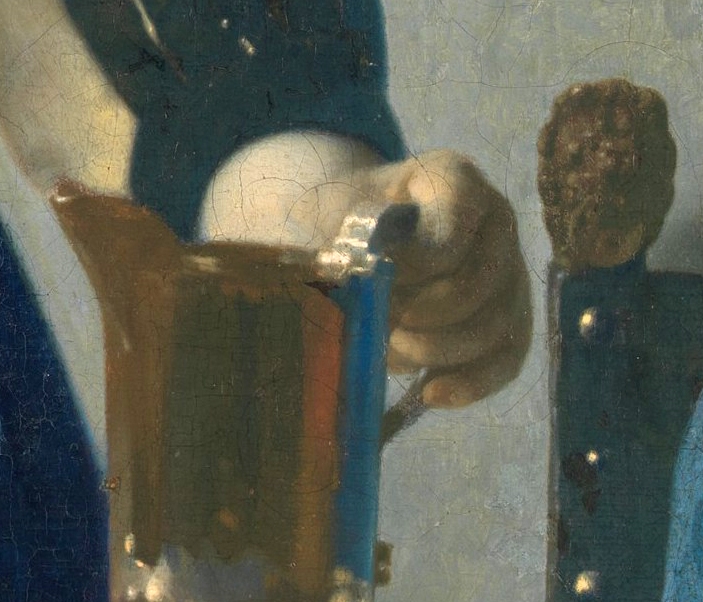
Oil on canvas, 18×16 inches, painted circa 1662-1665
A teacher once told me that the way to study was to pick one artist – just one – whose work you love and feel a special affinity with.
Then, for a period of at least a few months, immerse yourself in their work, and look at no other art to the extent possible.
During that time, get to know as many of their paintings as well as you can, understanding their techniques and approaches. But above all else, try to get a real sense of their artistic personality.
Seek out what it is that truly makes them special.

Oil on canvas, 18×16 inches, painted circa 1662-1665
At the end of that time, he said, you will have learned as much about yourself as the artist you studied.
I’ve taken that advice before, and I recently decided to take it again by spending a few months only looking at the paintings of the 17th century Dutch painter Johannes Vermeer.
Vermeer is a perfect fit for me to study – his small, careful studies of light and color align closely with my own interests in painting
I can’t think of any artist who describes light better – he truly captures the genuine look of light in the world around us. To me, he does it better than anybody else.

Oil on canvas, 18×16 inches, painted circa 1662-1665
There’s a sense of silence and intimacy in Vermeer that I often get when looking at still life paintings. In fact, I think of his paintings as large still life arrangements with people in them.
And… he’s an easy artist to get to know – there are only 34 known paintings by him (plus a few about which the art historians don’t agree).
You can look at his entire body of work in less than an hour, but that would defeat the purpose of this kind of study.
Each one of Vermeer’s paintings is the product of long, careful, slow, and patient observation. He obviously looked at even the smallest details for a very long time and studied them thoroughly. Then, before he picked up the brush, he obviously thought long and hard about how he would reproduce what he had so meticulously observed.

Oil on canvas, 18×16 inches, painted circa 1662-1665
I’ve found it best to look at his paintings with the same attitude – careful, patient observation; on average I spent a few days with each painting before moving on to the next. The more you look into them, the more there is to see.
In fact, if I had to boil down what I learned from spending time with Vermeer, it would be “Slow down, look more, and look better”
If you’d like to spend some time with Vermeer’s paintings, there is an excellent site dedicated to his work, with images of all of his paintings plus a great deal of background information. To find it, visit Essential Vermeer.